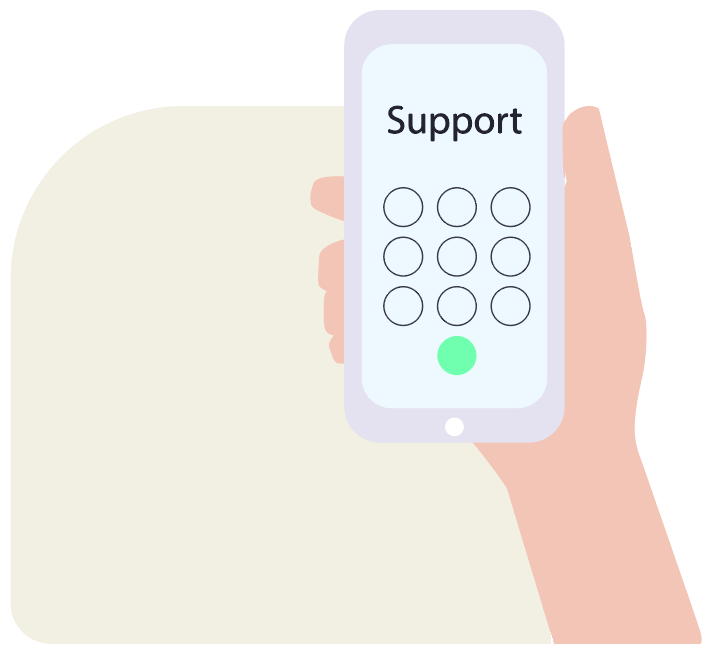EV certificates
Extended Validation (EV) certificates are the most thorough and secure form of SSL certificates – and are considered the gold standard for website security.
EV is used when a business collects or handles sensitive information such as personal data, or payments, when it is important to clearly show the identity of the business and who is behind a website. All EV certificates issued follow an international, rigorous validation process that confirms the organization’s identity, legal status and physical existence.
EV Single Domain
1 domain with extended validation included
Commfides EV – Single SSL
1 year agreement: NOK 3,600 excl. VAT.
Price per year kr. 3 600
3 year agreement: NOK 9 720 excl. VAT.
Price per year kr. 3,240 (10% discount)
5 year agreement: NOK 14 400 excl. VAT.
Price per year kr. 2,880 (20% discount)
EV Multi Domain
3 domains with extended validation included
Commfides EV – Multi SAN SSL
1 year agreement: NOK 15,000 excl. VAT.
Price per year / per domain NOK. 5 000
3 year agreement: NOK 40,500 excl. VAT.
Price per year / per domain NOK. 4,500 (10% discount)
5 year agreement: NOK 60,000 excl. VAT.
Price per year kr. 4,000 (20% discount)
Additional price for extra domain/SAN
and wildcard in the same certificate:
NOK 5 000
(Additional products are discounted
according to selected multi-year agreement)

We are here to help you
Free SSL support
08.00 - 17.00 (Mon-Fri)
Do you have problems choosing a certificate, or do you need installation help? Our Norwegian support helps you with all challenges surrounding SSL.
Phone number
+47 21 55 62 60
E-mail address
servicedesk@commfides.com